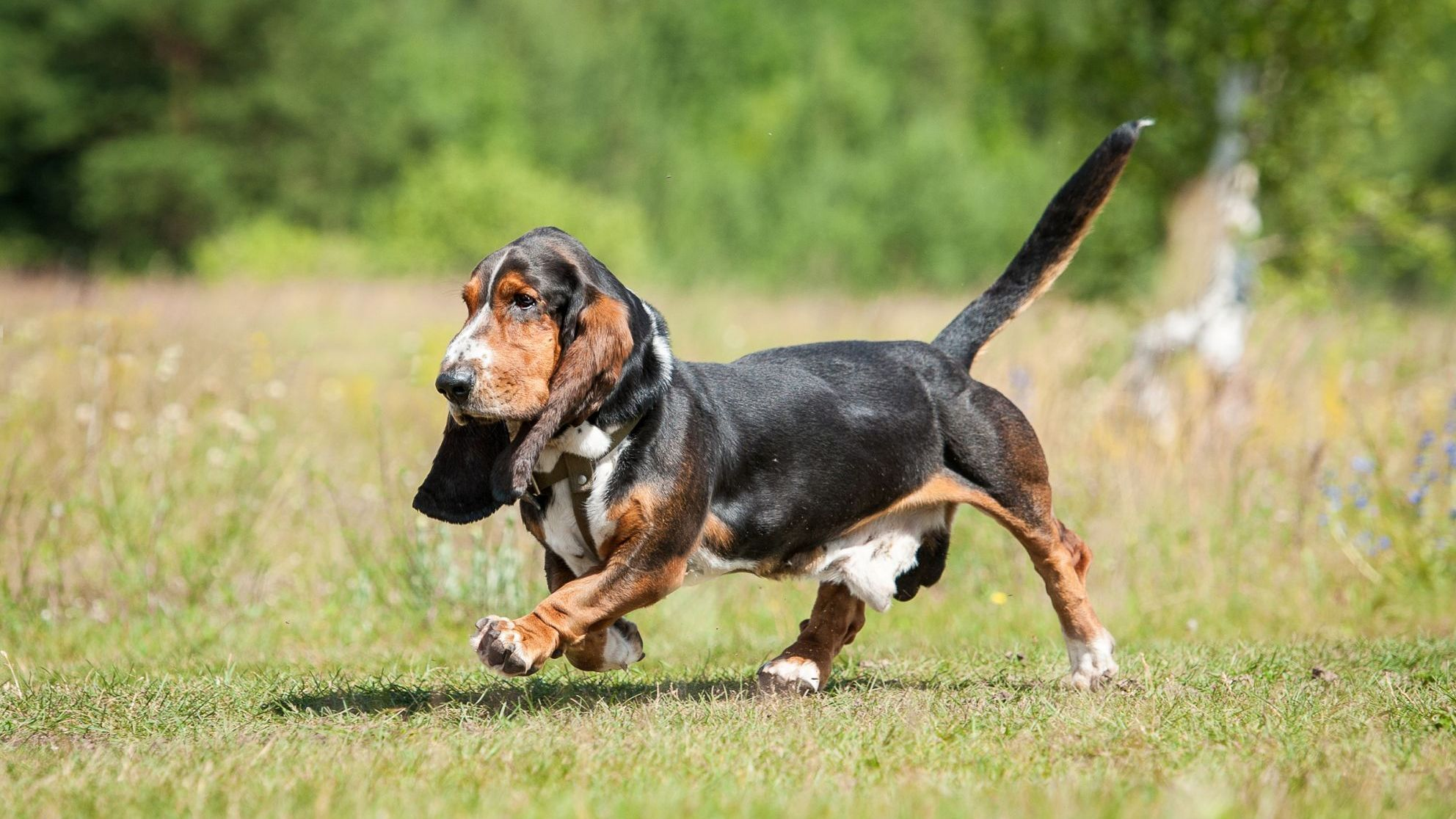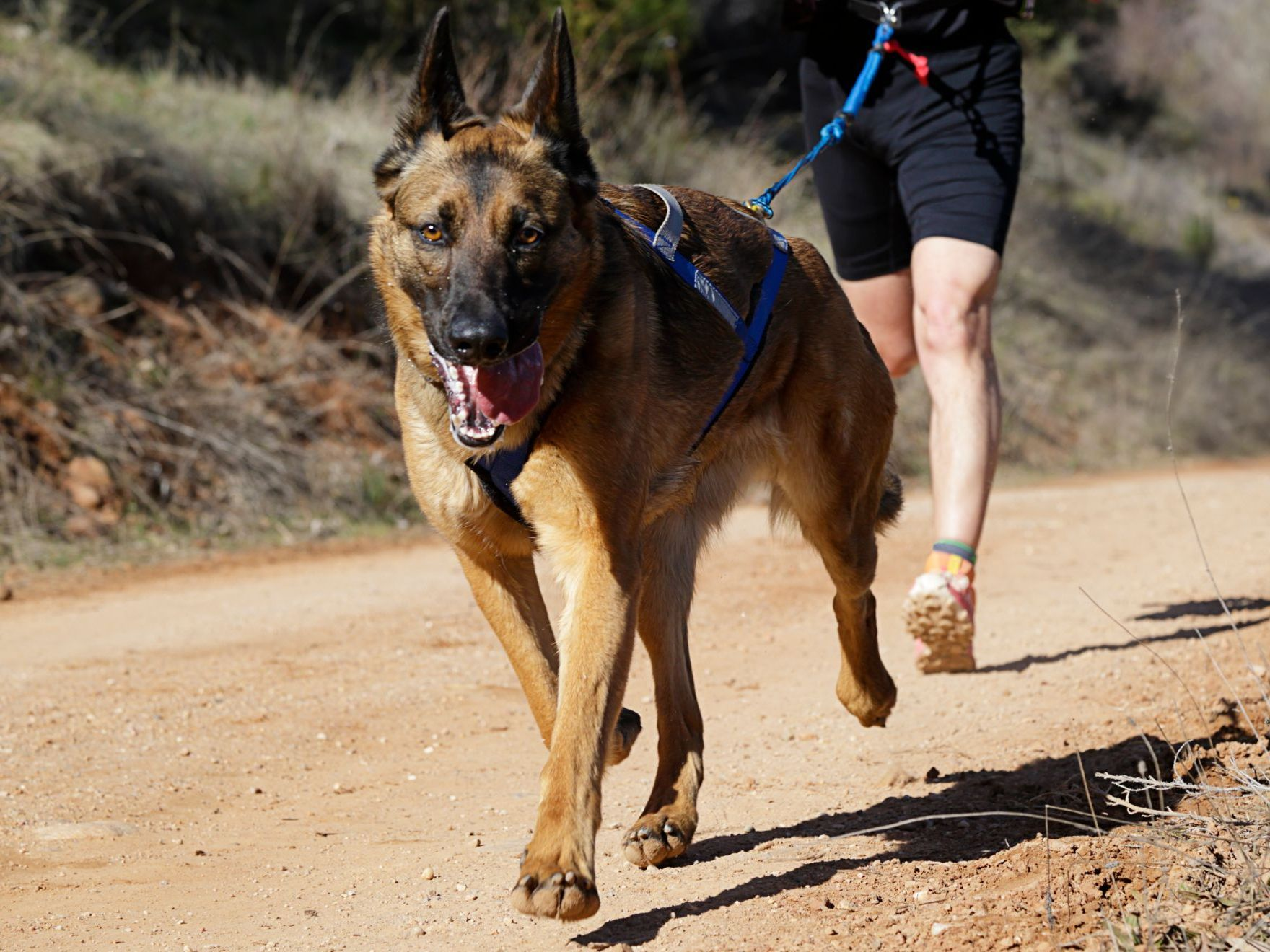Our Guide to Medium-Sized Dogs
Medium-sized dogs hold a special place in the hearts of many prospective pet owners. Their versatile nature and ‘just right’ size make them popular with families and individuals. Medium breed dogs typically weigh between 24 to 52 lbs. Of course, specific weight and height ranges may differ depending on the individual dog.
Whether you are a first-time dog owner or looking to grow your four-legged family, there are many reasons to choose a medium-sized dog.
Article

What are the different types of medium-sized dogs?
Why choose a medium-sized dog?
Versatility
Medium-sized dogs are highly adaptable and can thrive both in smaller living spaces and homes with ample outdoor areas. They’re equally comfortable in urban and suburban environments.
Exercise Needs
With more moderate exercise requirements, medium-sized dogs will likely enjoy daily walks, playtime, and interactive games. They’re potentially a great fit for active families looking for a pet to get outside with.
Family-Friendly
Medium-sized dogs the perfect middle ground size-wise, which means they’re able to fit into a range of different households and family structures. Remember, though, that children should never be left alone with a dog, and training is imperative.
Trainability
Medium-sized dogs are intelligent and eager to please, making them relatively easy to train with positive reinforcement methods.

What physical features might you find in medium-sized dogs?
Appearance often comes into play when choosing a new companion. Medium-sized breeds come with a variety of aesthetic options. Some of the factors you may consider when it comes to the look of your medium-sized dog include:
Medium-sized dogs come in various colors and coat patterns. The colors can range from solid to multi-colored, and some breeds have specific coat patterns that make them visually striking. Here are some common colors found in medium-sized dog breeds:
- White: Medium-sized dogs like the Samoyed and American Eskimo Dog
- Brown: Medium-sized breeds like the Cocker Spaniel, Chesapeake Bay Retriever, and Standard Poodle
- Black: Medium-sized breeds such as the American Cocker Spaniel, Australian Kelpie, and Border Collie
- Red: Breeds like the Australian Shepherd and Irish Setter
- Grey: Medium-sized dogs like the Wirehaired Slovakian Pointer, which can also be categorized as a large dog, and Schnauzer
Popular Medium-Sized Dog Breeds
Explore our extensive medium dog breed library here:

Health issues to look out for with medium-sized dogs
Like all dogs, there are some specific health issues that medium-sized breeds can be prone to. Your veterinarian will be your puppy’s best ally (besides you, of course), helping you monitor your medium-sized dog's health with regular check-ups and preventive care. Your breeder should have also genetically tested your potential puppy's parents to screen for possible health concerns. You can help support your dog's health and help reduce the risk of developing certain health issues by providing a complete and balanced diet, regular exercise, and a safe and nurturing environment. All of this should help promote a long and healthy life for your dog.
Below are a few examples of potential concerns:
Some medium breeds, like the Corgi, may be susceptible to hip dysplasia. With this condition, the ball and socket of the hip joint don’t fit together correctly and rub together. Regular exercise, maintaining a healthy weight, and joint supplements can help prevent or manage this condition.
Breeds with floppy ears—especially outdoorsy dogs such as Cocker Spaniels—can be prone to ear infections, so keep their ears clean and dry and monitor for any signs of a problem. Ensure you check your puppy's ears regularly for potential dirt or debris build-up and clean them regularly, thoroughly drying them to ensure no excess water remains. Let your veterinarian know at your regular check-up if you notice redness or if your dog is constantly shaking their head or scratching a lot.
Overfeeding and lack of exercise can lead to obesity in medium-sized dogs, which can cause other health issues. Some breeds may be more prone to excess weight such as Labradors and Golden Retrievers which are considered both medium and large dogs due to their variation in size. Regular vet visits to help monitor their body condition and regular exercise are essential to maintaining a healthy weight.
Medium-sized dogs, like all dogs, can develop skin allergies or food intolerances, leading to itching, hair loss, and skin infections. The right food can help. Chat with your veterinarian if you suspect your dog has an allergy.
Some medium-sized dog breeds, like Cocker Spaniels, may be predisposed to Dilated Cardiomyopathy (DCM). DCM is a condition that can decrease the heart's ability to pump blood through the vascular system. Regular heart check-ups at the vet can aid in early detection and management.
Periodontal disease is common in dogs, including medium-sized breeds. Make sure to regularly brush your dog's teeth and book in regular visits with your veterinarian to check on their teeth.
No matter which medium-sized dog you choose, you can help support their health by working closely with your veterinarian to help ensure the best possible outcomes for your pup.
Related Articles

Active and Energetic Dog Breeds for Runners

Which dog breeds are best for apartment living?
Like & share this page